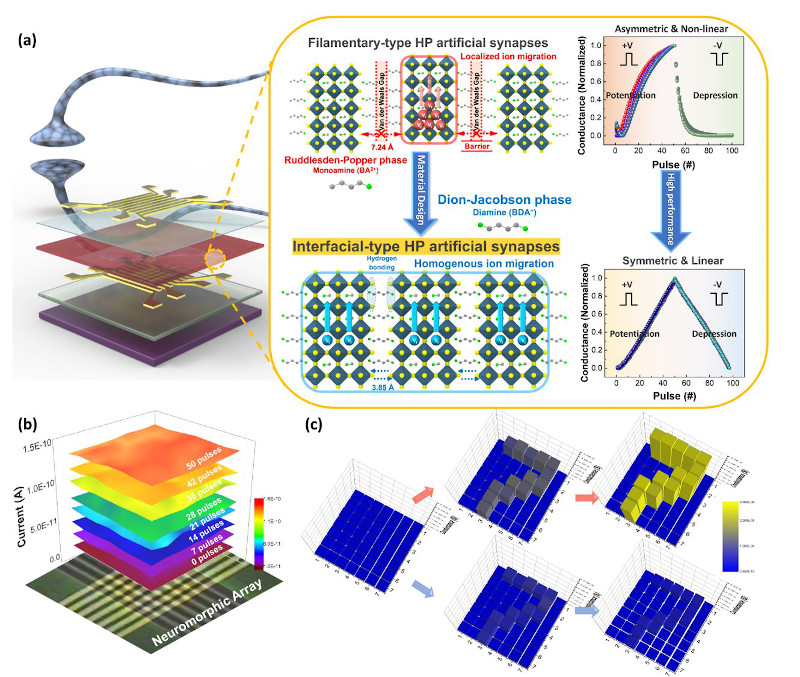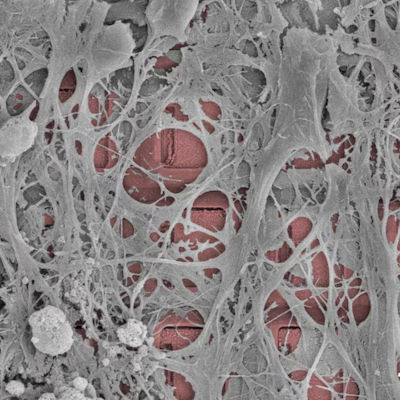Low power neuromorphic electronics for AI applications
Oct. 31, 2024.
2 mins. read.
2 Interactions
Researchers have developed neuromorphic hardware for artificial intelligence (AI) that uses very little power.
Researchers at Seoul National University have developed hardware for artificial intelligence (AI) that uses very little power. This hardware is called “neuromorphic hardware” because it is designed to work like the human brain.
The human brain has about 100 billion neurons (nerve cells) and 100 trillion synapses (connections between neurons). These synapses store information and help the brain perform tasks like thinking and learning.
Today’s standard computers for AI applications like large language models (LLMs) use a lot of power to process large amounts of data. These standard computers for AI are based on silicon and use a Von Neumann architecture that separates memory and processing tasks. This can slow down the computer and use more energy.
The new neuromorphic hardware developed by the researchers uses a different approach. It mimics the way the brain works by using memristors. A memristor is a type of electronic component that can store multiple resistance states, similar to how synapses store information. This allows the hardware to perform computations more efficiently and with less power.
The researchers have developed a new type of memristor, based on hybrid organic-inorganic materials, that operates more reliably and uses less energy. This advancement could lead to more efficient AI systems that are better for the environment because they use less power and produce fewer carbon emissions.

The researchers describe the methods and results of the study in a paper published in Nature Nanotechnology.
Next generation semiconductor devices for AI
“This study provides crucial foundational data for solving the fundamental problems of next-generation intelligent semiconductor devices,” says research leader Ho Won Jang in a Seoul National University press release.
He added that the significance of this work, compared to previous methods, “lies in demonstrating that uniform ion movement across the surface of the material is more important for developing high-performance neuromorphic hardware than creating localized filaments in semiconductor materials.”
This work could help overcome the limitations of current computer systems and lead to the development of more advanced and energy-efficient AI technologies. This is especially relevant as AI continues to play a larger role in various fields.
“This breakthrough in intelligent semiconductor materials boosts commercialization potential and marks a leap forward for AI tech,” Seoul National University posted to X.
Let us know your thoughts! Sign up for a Mindplex account now, join our Telegram, or follow us on Twitter.


.png)

.png)


.png)

















0 Comments
0 thoughts on “Low power neuromorphic electronics for AI applications”